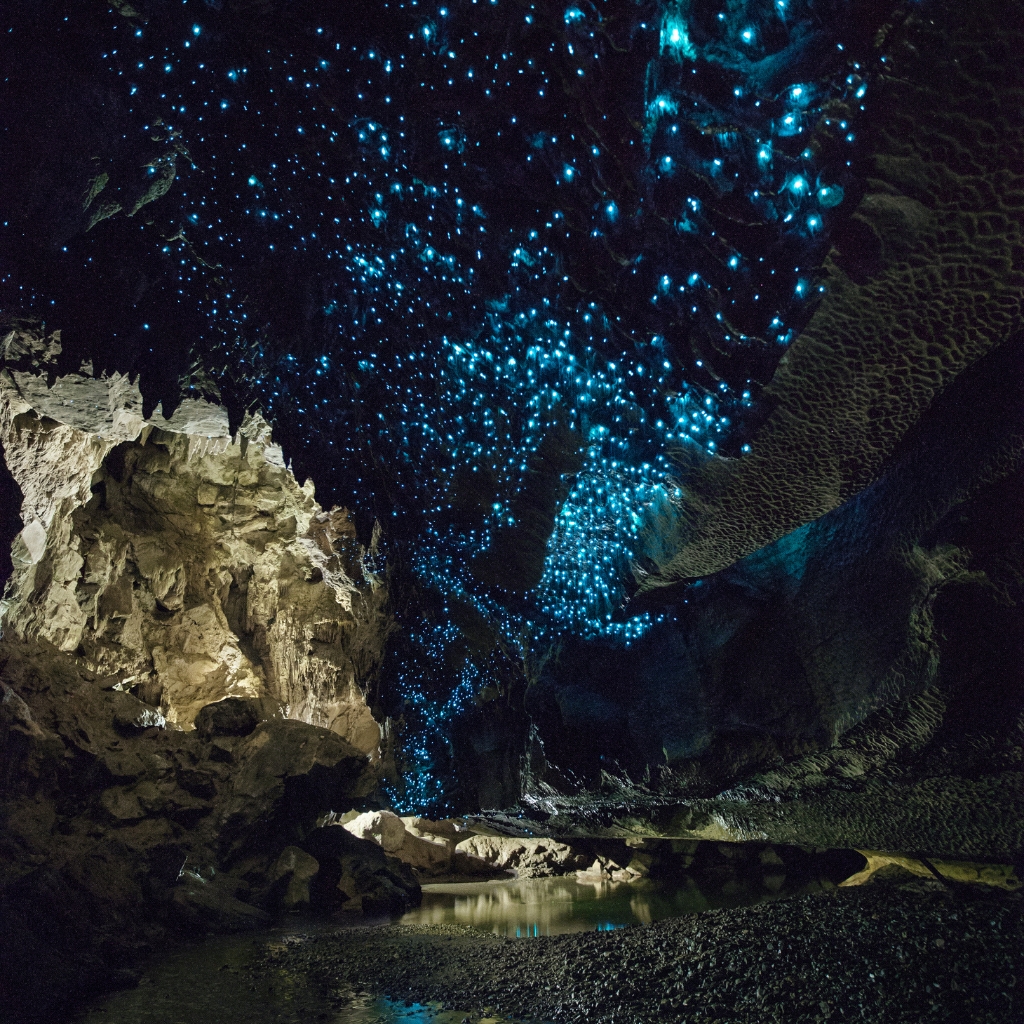
Lisbon Restaurants Guide: Where to Eat in Lisbon, Portugal
When I went to Lisbon for the very first time, my taste buds were similar to those of small children in a chocolate store. I remember walking on the old streets, feeling hungry, and searching for delicious food in this coastal town. I had been craving something totally different—Portuguese food—coming










